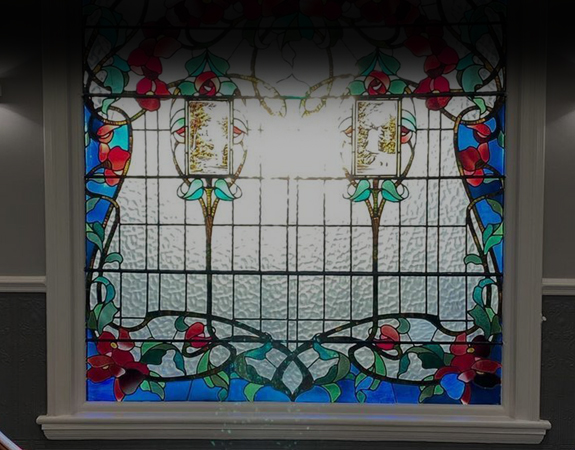What is a Dental Bridge?
Dental bridges are used to literally bridge the gaps created by one or more missing teeth in your mouth. It’s a way of permanently filling the space left by a missing tooth, and dental bridges in Leeds are cemented firmly into place and cannot be removed. We find many of our patients at our Leeds dental surgery prefer this option as opposed to having a partial denture that can move around or even fall out.
Bridges can be made out of a variety of different materials and consist of a crown or crowns constructed to fit over the tooth or teeth adjacent to the gap. The actual missing tooth is replaced by something called a pontic that is attached to the crown(s). Bridges can be constructed out of gold alloy, or they may have as metal alloy substructure that’s been covered with porcelain that exactly matches the shade of your remaining teeth. Nowadays more and more people are opting for all ceramic bridges that don’t contain any metal and which gives excellent cosmetic results.
Why is it Important to Replace Missing Teeth?
It might seem as if the reasons for replacing missing teeth are mainly cosmetic, but this wouldn’t be strictly true. If you have lost teeth it’s highly likely the teeth adjacent to the gap will begin to shift around into the space. This means you could be left with other unsightly gaps in between your teeth. It also affects the teeth in your opposing jaw, as without anything to bite against these will begin to over-erupt. Having one or more missing teeth also places unwanted stresses on your remaining teeth as they will be subjected to extra forces every time you bite or chew. You may also find it difficult to eat the foods you like, and this could have a detrimental effect on your overall diet as it’s likely to be less varied.
What is the Procedure for Having a Dental Bridge?
The first thing to do is to book a consultation with Dr. David Brown or another one of our dentist in Leeds City Dentalcare. We’ll need to give you a full examination to check the teeth either side of the gap are healthy and strong enough to take a bridge. There are several types of bridges that may be suitable, as some utilise both of the teeth either side of the gap, while others are only fixed onto one tooth, something that is called a cantilever bridge. There’s also a third type of bridge which is called a Maryland bridge and which is fixed onto the tooth adjacent to the gap with something that looks a little like a wing. We will also discuss all the different options for materials that may be used to make your bridge. All ceramic bridges do tend to be a bit more expensive than other options, but are especially good for replacing teeth that are highly visible whenever you smile or talk.
The actual procedure does require some tooth structure to be removed from the tooth or teeth adjacent to the space. You’ll be given a local anesthetic while the teeth are prepared, and an impression will be taken to send to our laboratory. It usually takes a couple of weeks for the bridge to be constructed, after which you can return to our Leeds dental surgery to have it fitted. Once we’re sure the fit is perfect it’ll be permanently cemented into place. You’ll need to take care to clean it thoroughly, especially under the pontic area as food can sometimes become trapped here.




